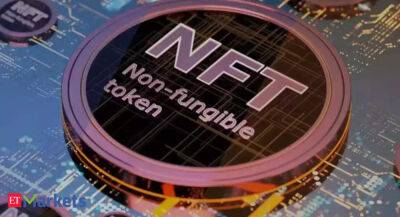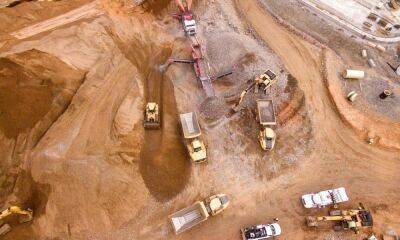Terra LUNA Classic [LUNC] Price Prediction 2025-2030: Can LUNC hit $5 by 2030?
Disclaimer: The datasets shared in the following article have been compiled from a set of online resources and do not reflect AMBCrypto’s own research on the subject.
Launched in 2019, the Terra blockchain uses fiat-pegged stablecoins in the cryptocurrency industry. The native stablecoin on the network is TerraUSD (UST), backed by the LUNA currency (LUNC).
Now, those of you who are familiar with the cryptocurrency industry would certainly be aware of the collapse of these twin coins in May 2022 and how it impacted the entire industry.
The journey of this venture is full of ups and downs. Well, it was in 2018 that two techpreneurs, Do Kwon and Daniel Shin, founded Terraform Labs in Seoul, South Korea. In 2019, the duo launched the Terra blockchain and offered the UST stablecoin, pegged to LUNC.
The project aimed to bring in the benefits of price stability, wider currency adoption, decentralized anonymity, and fast, affordable payments.
Not to forget, transactions on the Terra 2.0 blockchain are validated through the proof-of-stake (PoS) consensus mechanism. The network has 130 validators working at a given point in time. As a PoS platform, it is considered to be very eco-friendly.
A stablecoin is intended to safeguard coin holders against the volatility of other cryptocurrencies. It is pegged to either a fiat currency such as USD or to a supporting cryptocurrency. Terra USD (UST) was pegged to Luna Classic (LUNC- then, only Luna).
For a few initial years, LUNC kept performing well. And, itwas even among the top 10 cryptocurrencies by market value by the end of 2021.
But the Terra system collapsed in May 2022 leading to a fork. It, basically, launched a new version of Luna. The Terra Ecosystem Revival Plan 2 was implemented
Read more on ambcrypto.com







![The state of Solana [SOL] after this 100 billion breakthrough](https://finance-news.co/storage/thumbs_400/img/2022/9/24/42205_q5vys.jpg)











![Terra Classic [LUNC] investors may have some sleepless nights thanks to Binance](https://finance-news.co/storage/thumbs_400/img/2022/9/4/39517_nhn.jpg)
